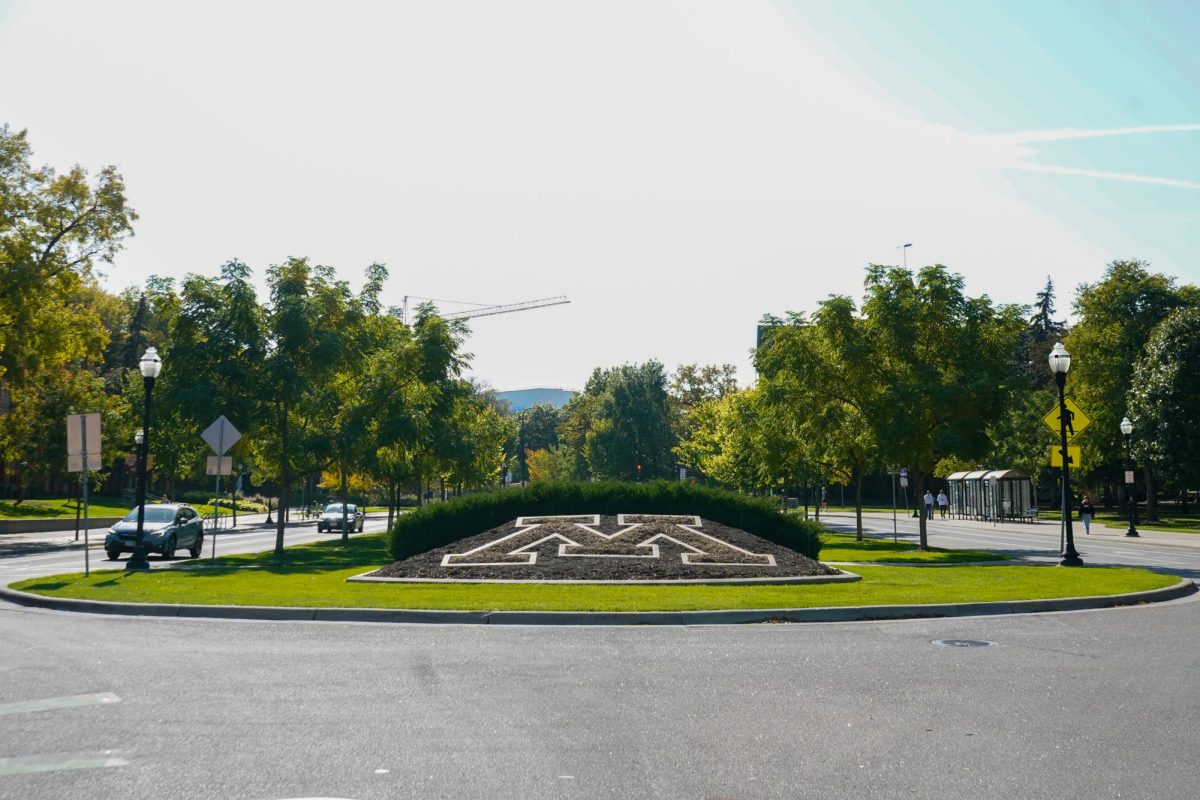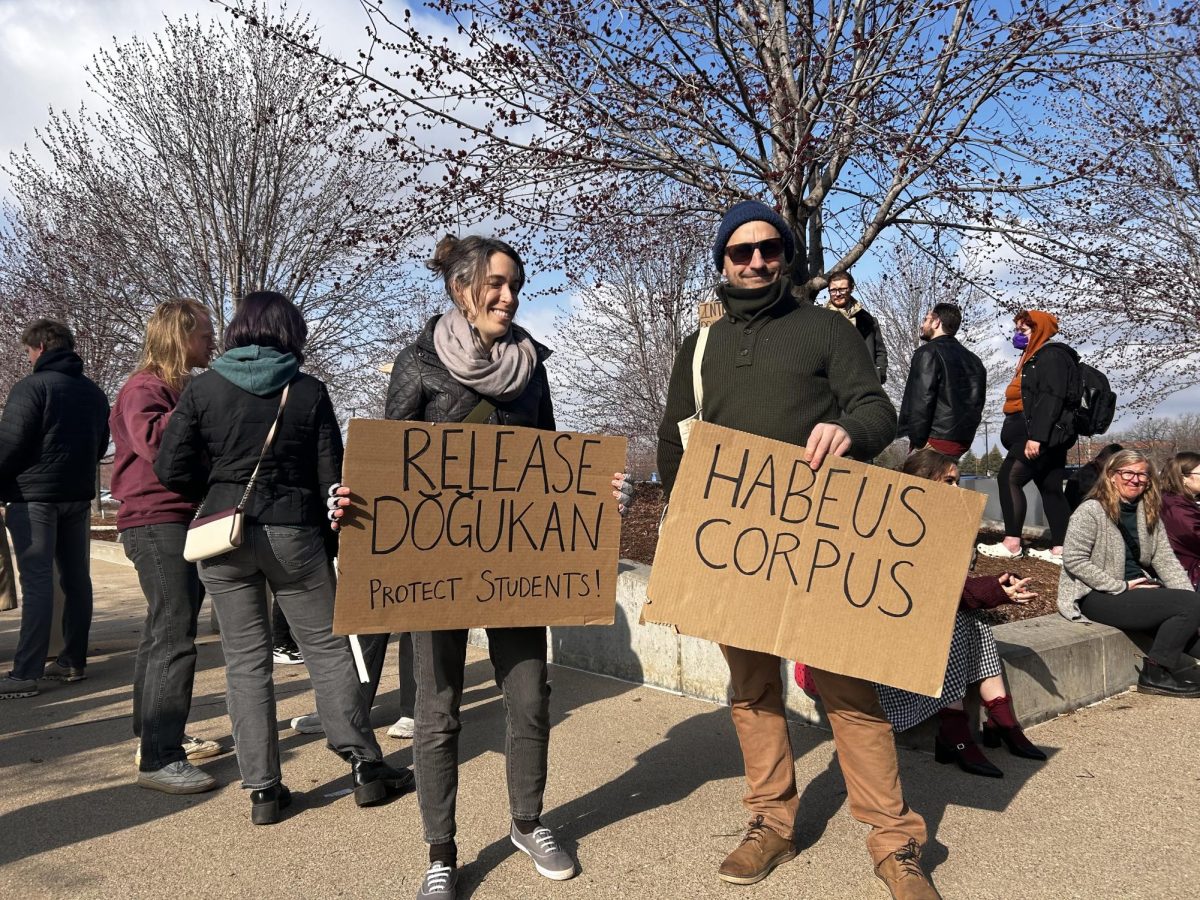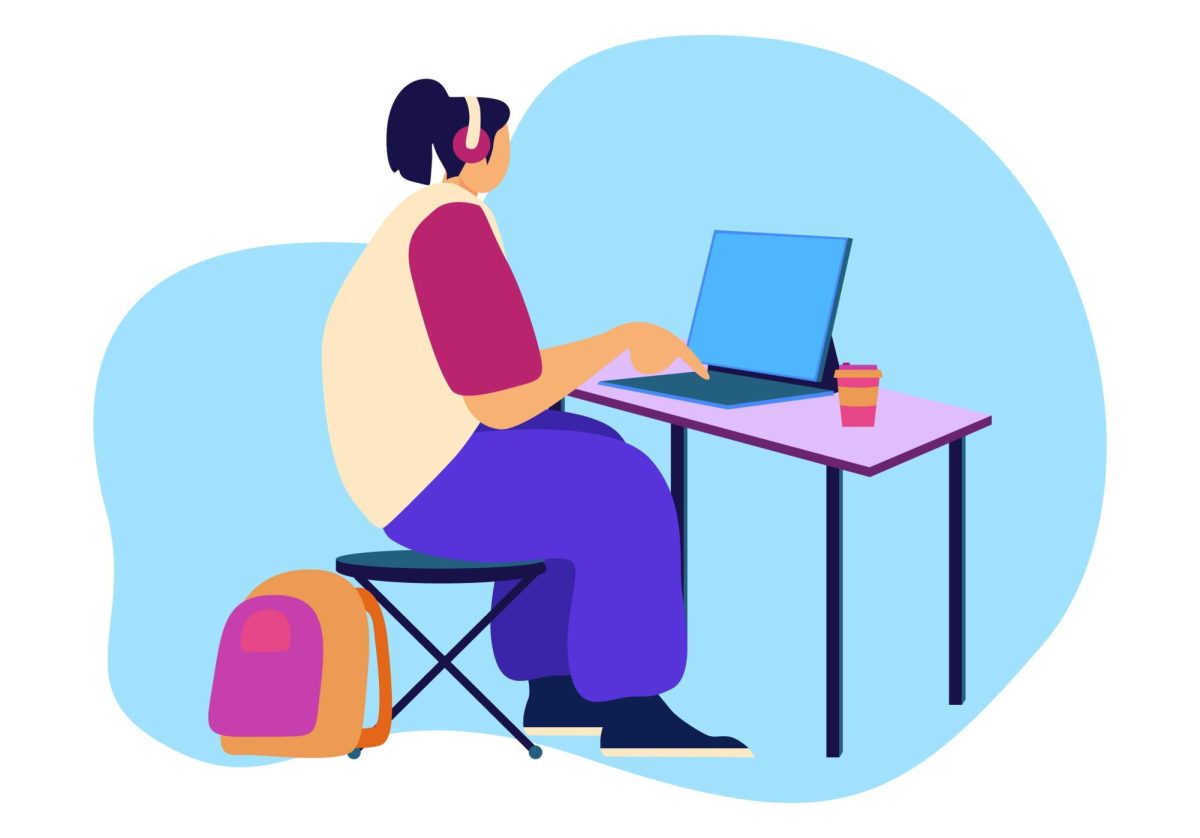While performing with the South Dakota Symphony, a medical student waiting for months finally read an email that determined the next three years of his life.
Mark Billingsley, a medical student at the University of Minnesota, learned he matched at the University as an anesthesiologist for his residency.
“I waited in my car before going into the performance and then I finally got the email and was like, ‘Yes, today is going to be a good day,’” Billingsley said.
More than 500 medical students and their families gathered at McNamara Alumni Center for Match Day on March 25 to learn where they will complete their residency.
According to the National Resident Matching Program, when medical students near the end of their education, they apply for residency programs at hospitals across the country to hone their abilities in their preferred practice. The students go through an extensive application and interview process and rank their top program choices through the NRMP.
Students are then matched through a randomized algorithm that considers the students’ and program’s preferences, according to the NRMP.
Students wait three months to find out where and if they are matched, a process medical students often describe as stressful and uncertain. If a student does not match into a residency program, they can either defer another year and apply again or try to get an unfilled position through the Supplemental Offer and Acceptance Program.
Before Match Day
Hailey Baker, a University medical student, matched at the University as an obstetrics and gynecology resident. She said waiting for Match Day was stressful, not only because of the waiting but also because OB/GYN is a competitive practice.
If she did not get a spot for OB/GYN at any residency program, Baker said she would have needed to apply for another obstetrics and gynecology spot.
“If you don’t match into OB/GYN, you have the opportunity to do the SOAP (Supplemental Offer and Acceptance Program) application,” Baker said. “But there was only one OB/GYN spot for the entire training in the country.”
If Baker was not interested in applying to SOAP, she said another option was switching to a different kind of medicine.
Billingsley said the preparation process for Match Day starts about a year prior to when medical students receive their match.
The interview process was stressful, Billingsley said, and started in October 2024 and went through January this year. Interviews can take hours to days, as students travel to the prospective programs.
“I got my first interview in mid-October and then (more interviews) just start(ed) flooding in,” Billingsley said about getting interviews for the anesthesiology programs. “You have to try and figure out when to schedule everything so that you’re not double-scheduling.”
Billingsley said before each interview, medical students get to meet the program’s residents to get an idea of what each program is like.
The University’s Medical School offers more than 140 residency and fellowship programs, according to its website.
After completing the interview process, prospective residents rank their top programs, Billingsley said.
Billingsley said he ranked Minnesota number one because of the positive experiences he had interacting with the residents there. He added that his partner works in the Twin Cities and would not be able to relocate with him if he matched elsewhere.
Sarah Rasmussen, a medical student at the University who accepted a spot at the school’s residency program for family medicine, said preparing for her residency application was difficult because she and her husband, also a medical student, wanted to make sure they were in the same city for their residencies in Minnesota.
Couples are able to link their match so they are accepted into programs in the same city, Rasmussen said. They submit a ranked list of programs together, but there is still uncertainty on whether the couple will match in the same program.
“It’s just an added level of uncertainty,” Rasmussen said. “In order to stay in Minnesota, we both needed to find programs that wanted us to.”
Rasmussen said she and her husband matched at different programs in the Twin Cities.
Annika Ballantyne, a University medical student completing her residency at M Health Fairview’s Smiley’s Clinic, a family medicine clinic in Minneapolis, said she knew she wanted to work in the Twin Cities or a similar metropolitan area after working at the clinic through the Metropolitan Physicians Associate Program, or MetroPAP, which teaches medical students how to care for patients in an urban environment.
“I feel like the whole process for me started during my third year when I was doing that program and going to the clinic every day,” Ballantyne said. “I was spending so much time there and I had a really wonderful experience during my third year and just really felt like I could see myself calling Smiley’s home for residency.”
A lot of medical students also wanted to remain in Minnesota because they have family in the area.
Rasmussen said she and her husband recently had a baby, and having the support of family members would be helpful as they balance starting a family with their residency obligations.
“I think being near family and having grandparent support is going to be a huge relief,” Rasmussen said.
The week of Match Day
Baker said the NRMP sends emails informing students that they matched on the Monday before Match Day, but did not provide more information. Baker also applied as a couple with her partner, Mahtahn Jenkins, who matched at Abbott Northwestern Hospital in Minneapolis.
“We wanted to stay in Minnesota, but there was no guarantee,” Baker said. “And so it was really exciting when we got the email that said we matched, but we weren’t fully relaxed until we saw where on Friday morning.”
Ballantyne said the week leading up to Match Day was nerve-wracking.
“Your mind starts to make up different scenarios,” Ballantyne said. “It is a really life-altering moment. I had high hopes for what I wanted to happen that day, but you know nothing’s guaranteed.”
Ballantyne said getting the email on Monday alleviated a lot of anxiety for her and probably others, as they learned they have a spot somewhere.
Match Day
On Match Day, the medical school puts on a celebration to honor the students with speakers and a breakfast, Baker said. At the end of the ceremony, students can open an envelope containing where their residency will be and what they will practice.
“It’s really hard to pay attention because you’re just thinking about it, and everybody knows where you matched before you,” Baker said. “The programs and the schools actually found out the day before.”
Billingsley said having guest speakers, including Medical School Dean Jakub Tolar, and two student emcees, helped to calm his nerves with their anecdotes about their experiences in medical school while waiting to open his envelope.
“I can’t imagine what they are going through because they’re going through the match process as well, but now they’re having to speak in front of everybody,” Billingsley said. “So that’s double the nerves there.”
Billingsley said they do a countdown from one minute at the ceremony to when the students can open their envelopes at the same time with friends and family who came to the event around them.
“When I finally got to open the envelope, it was just a big relief because I got my number one choice, which was the University of Minnesota,” Billingsley said. “Afterwards, I could feel my shoulders were so tight because of all the tension from the wait.”
Residency programs begin this summer after students graduate from medical school.
Billingsley said he is excited to complete his residency at the University because of the strong mentorship in anesthesiology he received during medical school.
“The mentorship that I received from anesthesiologists within the program was really inspiring,” Billingsley said. “Its definition pointed me in that direction.”
Rasmussen said she is confident that the University is the best place for her to complete her residency and is eager to learn.
“I’m incredibly grateful that we get to train her, and it’s going to be the best place for me, my future career and my family,” Rasmussen said. “I know I’m joining a great group of people.”
Ballantyne said she was excited to open her envelope and find she would complete her residency with Smiley’s.
“I had been at Smiley’s as a medical student, so it felt like an honor to receive that validation that I would get to continue my training at a place that I love so much,” Ballantyne said.













